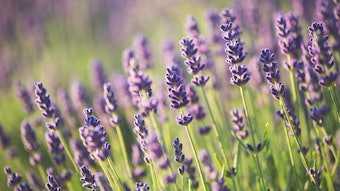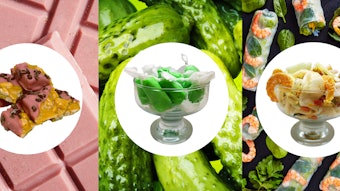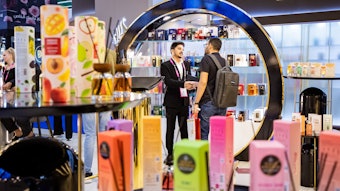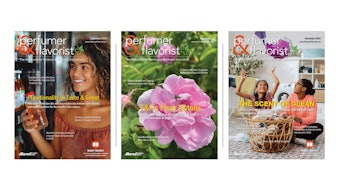A recent WFFC seminar sheds light on changing consumer habits and needs
Women in Flavor and Fragrance Commerce’s recent seminar, “What’s New in the Flavor & Fragrance Industry Today?” was a wide-ranging attempt to drill down into the world of trends and consumer behavior and determine exactly what the contemporary consumer is really looking for and what forces are affecting these needs and desires.
Intuiscent’s Helen Feygin summed it up, half-jokingly, when she said, “As I’m standing here, my body’s trying to kill me.”
Indeed, health and wellness and all its manifestations play a part in virtually all the key trends in the flavor and fragrance world. People want to enjoy their choices, but part of that enjoyment is couched in the sense that these choices are in some way healthy—a sort of guiltless indulgence. But is this about reality or merely perception?
Health and F&F Formulation
According to Feygin, consumers are embracing a “youthful lifestyle” for a longer period of time while at the same time gender roles and product usage is blurring. In addition, well-being and fulfillment are becoming top priorities, embracing concepts of safety, simplicity and comfort.
“Fragrances are the emotional connection between the functional benefits of the product and lifestyle trends expressed by the product’s market positioning,” Feygin noted .
Finding comfort: Scents that are going to win are scents that make these connections most effectively. When it comes to health and wellness, fruit, citrus and tea notes dominate. Woody, milky (in oriental scents) and sweet (vanilla) notes, too, announce caring-warmth-wellness. Feygin’s examples included Boots Mediterranean Cucumber, Tomato, Olive Hand Wash and Avon’s mark. Self Sanctuary Shower Wash scented with white tea and vanilla.
Feygin pointed to a number of other key fragrances that reflect the notions of “beauty, fashion and an expression of lifestyle aspirations and emotions”: natural, gourmet (edible notes), Bohemian florals, natural healthy green, fruits, “romantic Orientals,” gender specific and “new niche.”
Edible notes: Gourmand scents “nourish, nurture, de-stress and fortify,” according to Feygin, imparting comfort and indulgence without the guilt. Don Giampetro (iTi tropicals) concurred, citing emerging “exotic” flavors such as the sweet-creamy-citrus mangosteen, acai berry and lychee fruit. These fruits provide not just novel flavor profiles, but also the promise of health benefits such as vitamin C, dietary fiber and antioxidants. But how do these translate from the flavor arena to fragrance?
Karen Manheimer (Mastertaste), discussing botanicals, explained, “There is a growing belief among consumers that if something is good for you (to eat), the same benefits would apply to topical use.” As foods make their way from the plate to soaps, skin care and other consumer goods, opportunities proliferate. Said Manheimer, “Products infused with botanical ingredients increased 138% in 2005.”
Examples of recent gourmand-inspired scents include:
- Nina by Nina Ricci, which includes creamy vanillic and fruity apple notes
- Cartier’s Delices, featuring Morello cherry and bergamot notes
- Origins’ Cocoa Therapy, composed of chocolate, nutmeg and citrus notes
- Stacked Style’s Dolce Dew and Como Crema feature coconut and banana leaf, and pear, sugar cane and coconut, respectively
Breaking down the fragrance map into clear sections, Feygin categorized green, citrus, astringent and herbal scents as “action” scents, those that connote active treatment in products. Aromatherapy-friendly scents, she explained, tend toward essential oils for their mood-altering properties. Feygin also discussed the scent vocabulary of naturalness: florals, fruity florals, woody, spicy, ambery, sweet.
The dilemma: Fragrances make products succeed. And in order for fragrances to succeed, creativity and cost must be reconciled. In an age in which naturals are not all that natural (due in part to some products sourced in some emerging markets), finding quality and goods pricing are the fragrance industry’s main hurdles. Finished good manufacturers are instituting margin improvement policies, Feygin said, forcing fragrance companies to slash costs. One indication that all is not in balance: more lavender oil was used in 2005 than was produced.










